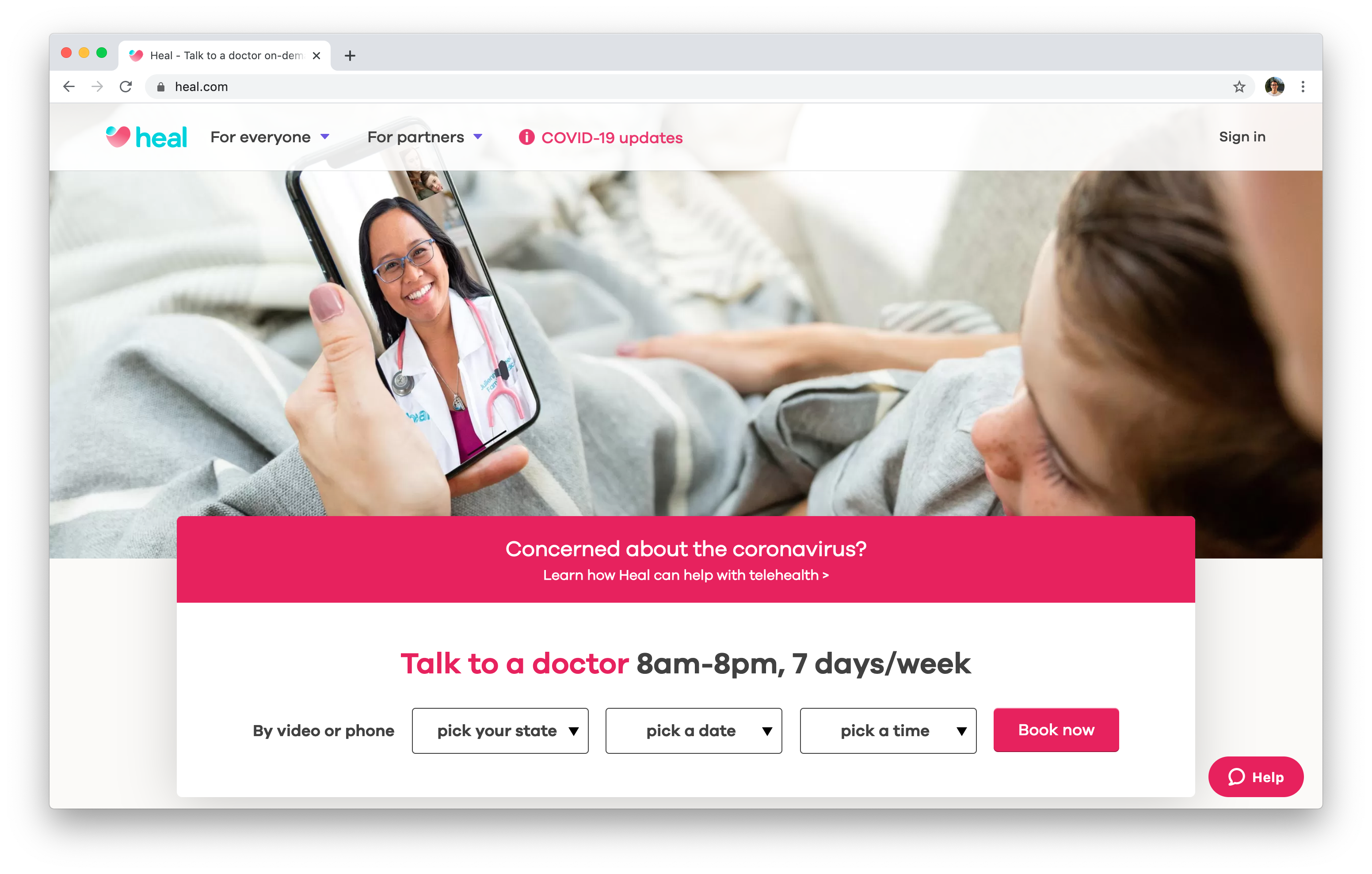Discovering the Growth of Subscription Based Healthcare in the Digital Age
Discovering the Growth of Subscription Based Healthcare in the Digital Age
Blog Article
Recognizing the Cost-Effectiveness of Subscription-Based Healthcare Models
As the healthcare landscape progresses, subscription-based versions become a compelling alternative, promising to redefine exactly how people manage clinical expenditures. Evaluating these versions' cost-effectiveness demands a nuanced comparison with conventional insurance, considering both financial effects and individual fulfillment. While they use openness and predictability in expenses, inquiries remain regarding their capacity to fulfill diverse health care needs, particularly for specialized treatments. The point of views of doctor additionally complicate this equation, offering a multifaceted challenge. What does the future hold for these models, and can they truly deliver on their guarantee of obtainable, cost effective treatment?
Introduction of Subscription-Based Designs
Subscription-based healthcare designs, in some cases referred to as straight medical care or attendant medicine, are significantly getting interest as a prospective solution to ineffectiveness within traditional healthcare systems. These designs operate on the principle of offering patients straight accessibility to doctor through a regular monthly or annual charge, bypassing the need for traditional insurance systems. This setup aims to simplify patient-provider interactions by minimizing management worries, which frequently impede personalized and prompt treatment.
At the core of subscription-based designs is the emphasis on a more tailored patient experience. People gain from enhanced accessibility to their physicians, commonly including next-day or same-day appointments, extended appointment times, and direct interaction networks such as phone or video calls. This model fosters a proactive method to medical care, where patients and companies can collaboratively concentrate on preventative care and persistent condition administration.

Cost Comparison With Traditional Insurance

Among the main monetary benefits of registration designs is transparency in expenses. Clients pay a predictable fee, which can simplify budgeting and economic preparation. Additionally, these versions normally eliminate co-pays and deductibles for protected services, reducing out-of-pocket investing. Alternatively, typical insurance coverage might be a lot more helpful for individuals needing specialized treatment or costly treatments not covered under a subscription model, as they profit from the more comprehensive protection network and cost-sharing devices.
Nevertheless, cost-effectiveness is context-dependent. While registration versions might offer savings for those largely needing main treatment, individuals with chronic conditions or specialized medical care needs could find typical insurance policy extra detailed. For that reason, evaluating details health care demands and possible use is crucial in establishing one of the most cost-effective alternative for individuals.
Influence On Patient Complete Satisfaction
Person fulfillment within subscription-based medical care models commonly mirrors a substantial improvement over standard insurance policy systems. This improvement is largely credited to the individualized care and ease of access these versions use. Patients frequently report greater complete satisfaction because of minimized wait times and the convenience of scheduling consultations. Unlike traditional systems, where patients could click here for more info experience hold-ups in obtaining care, subscription-based versions make certain more straight and timely communications with doctor.
Moreover, the transparency in prices linked with subscription-based healthcare minimizes the common frustrations connected to unforeseen costs and intricate payment processes seen in conventional insurance (subscription based healthcare). Individuals appreciate knowing the specific economic commitment upfront, bring about raised trust and self-confidence in their health care management
Furthermore, the emphasis on preventative care and health in registration models adds to improved wellness outcomes, additionally enhancing person complete satisfaction. By focusing on recurring health maintenance instead than anecdotal care, clients experience a more alternative and constant healthcare journey.
Additionally, the boosted provider-patient connection promoted in these versions, characterized by more time spent per individual and tailored attention, plays a vital duty in elevating individual satisfaction levels, as individuals really feel really taken care of and understood.
Provider Experiences and point of views
From the service provider's perspective, subscription-based healthcare versions use a transformative method to providing clinical services. These models emphasize a aggressive and preventative medical care method, enabling carriers to concentrate on comprehensive patient treatment without the restraints of conventional fee-for-service arrangements (subscription based healthcare). This shift in emphasis frequently leads to improved patient outcomes and boosted service provider fulfillment, as healthcare professionals can assign even more time and resources to person engagement and individualized treatment plans
Moreover, membership models promote predictable earnings streams, which boost monetary stability for doctor. This predictability permits improved resource planning and allotment, adding to an extra efficient health care delivery system. Suppliers can buy staff modern technology, facilities, and training improvements, thus improving the quality of care offered.
However, the shift to subscription-based versions is not without obstacles. Service providers need to adjust to brand-new operational frameworks, which can entail significant modifications in billing methods and person monitoring systems. Furthermore, there is an intrinsic need for robust information administration to track client end results and guarantee quality treatment. Regardless of these hurdles, lots of service providers find that the advantages of increased client interaction and streamlined procedures surpass the preliminary difficulties, making subscription-based designs an appealing option.
Future Prospects and Challenges

A main challenge is governing conformity, as registration models must stick to advancing health care policies and insurance policy demands. This requires constant adaptation and development to make sure alignment with legal requirements. In addition, integrating these models into existing healthcare infrastructures can be complicated, requiring considerable investments in innovation and training.
There is likewise the possible danger of creating inequities in medical care gain access to, as membership designs may favor those who can afford them, leaving susceptible populaces underserved. Resolving this requires thoughtful consideration of rates approaches and subsidy devices to ensure inclusivity.
Conclusion
Subscription-based health care models present a feasible option to traditional insurance policy by offering financial predictability and openness, particularly profiting people with persistent problems or frequent medical care requirements. The cost-effectiveness of these models is contingent upon specific medical care use patterns and circumstances.
Subscription-based medical care models, often referred to as straight key treatment or attendant medication, are increasingly acquiring interest as a possible service to ineffectiveness within typical medical care systems. Unlike conventional systems, where patients may experience delays in getting care, subscription-based designs make sure more timely and direct interactions with health care companies.
These models stress a aggressive and preventative healthcare method, allowing carriers to concentrate on extensive client treatment without the constraints of standard fee-for-service arrangements. As these versions continue to get traction, they offer the prospective to revolutionize client access to care, simplify service distribution, and enhance healthcare investing.Subscription-based health care models offer a practical alternative to typical insurance policy by providing economic predictability and transparency, especially benefiting people with chronic conditions or constant health care requirements.
Report this page